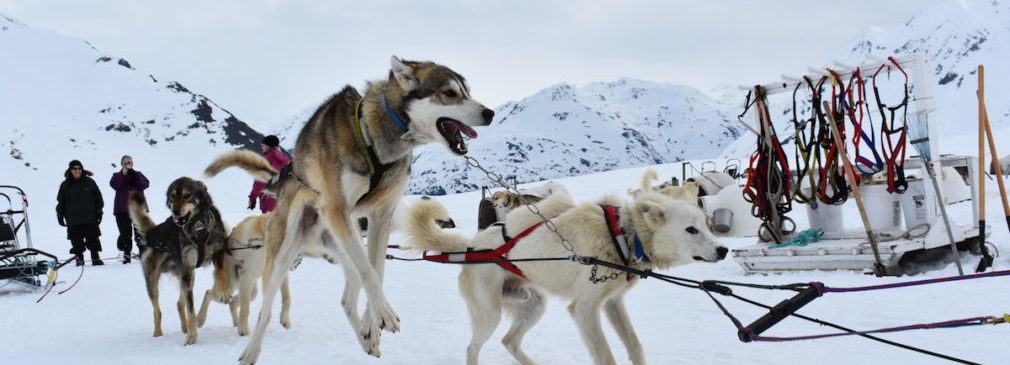
Share
If adventure is in your blood, planning an independent tour of Alaska may be for you.
Mention to your friends that you are vacationing in Alaska, and inevitably the response is, “Which cruise line?” That shouldn’t be surprising, really. Alaska is indeed a hot cruise market; 1.3 million travelers were expected to cruise Alaska during the 2019 tourist season, 16% more than last year.
But while cruisers almost universally rave about their Alaskan cruise experiences, some travelers yearn to see the last frontier on their own. It takes a lot more planning, but if you are willing to put in the work, un-cruising Alaska can turn out to be your trip of a lifetime.
First: understand it is a big state. If you have only a week or two, you’ll need to narrow down where you want to go, and what you want to see and do. For our trek, we chose the Denali region as our home base as it offered great options for our bucket list items.
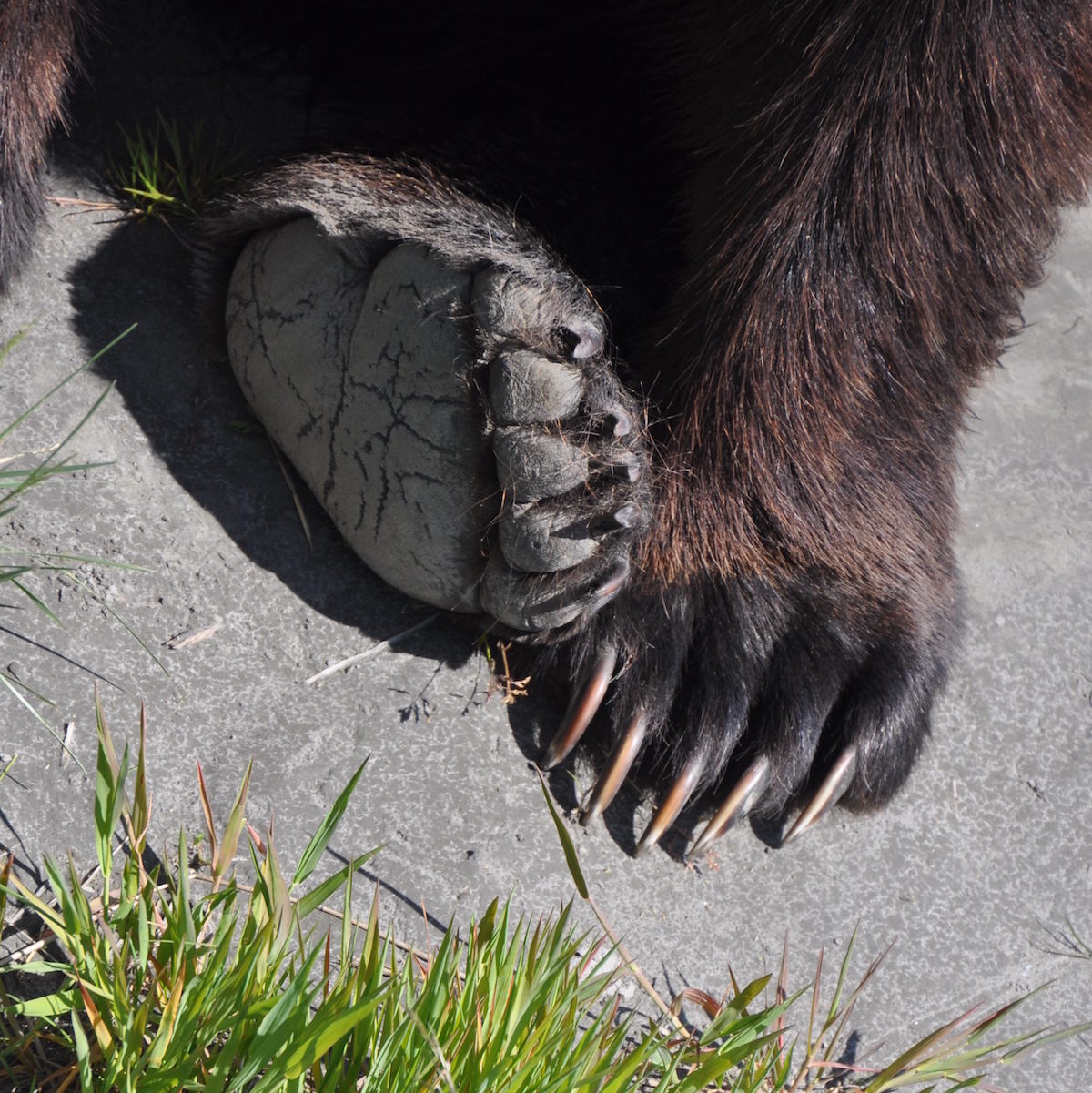
Taking to the Open Road
We started our Alaskan adventure in Anchorage, where we had arranged to pick up the 31-foot motorhome that would be wheels, meals and home for most of our trip. Our long flight arrived late evening in Anchorage, giving us our first introduction to the sun that almost never sets in summer months. Judging from the crowd when we arrived, an 11pm dinner at locals’ favorite Moose’s Tooth Pizza seemed perfectly natural. The long days are a bonus for packing lots into your vacation, but pace yourself—-and bring a sleeping mask.
Motorhomes are nearly as prevalent as cars on Alaska’s highways, and almost as easy to drive. We researched numerous rental companies, and chose one that provided airport pick up and that didn’t tack on extra charges for cleaning, linens or kitchen supplies. Ours even offered a “share table,” where travelers left behind supplies they had not used. We scored condiments, bug spray and a few other sundries – and, in turn, shared our unused items on our return.
Be sure to prearrange for extras you may need – like lawn chairs, a grill and ice chests, all available for rent at $1 per day. Anchorage offers a greater variety of grocery store options than other smaller towns, so stock up before hitting the road. Local chain Fred Meyers had everything we needed for five days of meals and cocktails. But be prepared for sticker shock. Your best bet: stick with the abundant and affordable fresh seafood options like lobster, salmon and halibut.
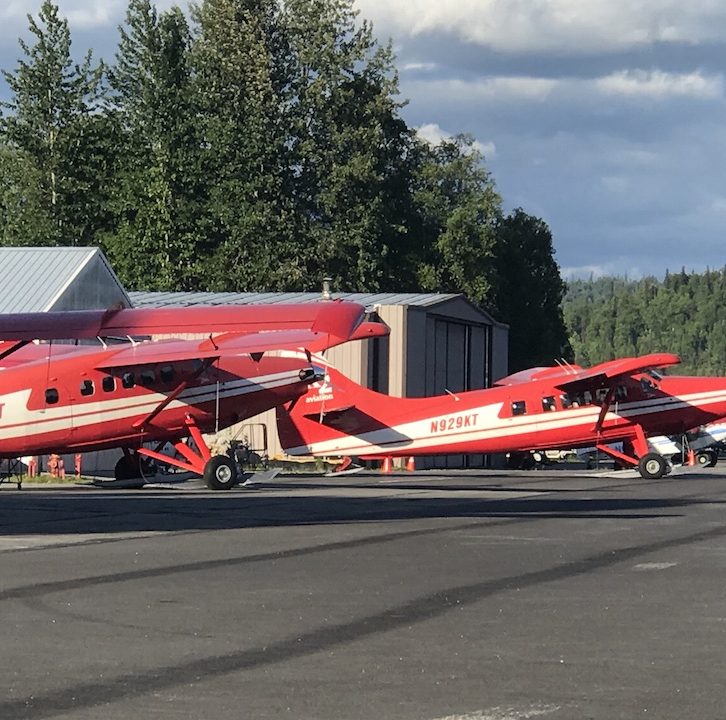
Photo Sue Durio
Northern Exposure
Just about three hours north of Anchorage and halfway to Denali Park lies the historic hamlet of Talkeetna. This quirky town’s roots trace back to the 1890s when the gold rush first brought prospectors here. A century later, Talkeetna was the basis for the wildly popular 1990s television series “Northern Exposure.” Sitting at the confluence of three rivers, along the rail line and with a bustling flightseeing base, Talkeetna offers plenty to do and see.
On our list was a glacier flightseeing tour from the Talkeetna airport, an easy walk from our campground, or you can request a shuttle from the rail station. Our de Havilland Turbine Otter’s short takeoff and landing capabilities made for a smooth landing at the Denali base camp, where we saw first-hand the small tent city of hikers acclimating before their next move further up the mountain.
In the vastness of Alaska, planes, trains and boats are critical modes of transportation and we wanted to experience them all. We boarded the Hurricane Turn Train from the Talkeetna Rail Station for a brief peek into backcountry rail travel. Unlike the Alaska Railroad tourist trains, this train is frequented primarily by locals as access to their remote off-grid cabins. Known as a flag stop train, passengers can flag the train anywhere along its route to Hurricane Gulch for pick up. We opted for a train and float trip, taking the train about 10 miles into the backcountry where we met our rafting guides for a gentle float back to Talkeetna on the Susitna River.
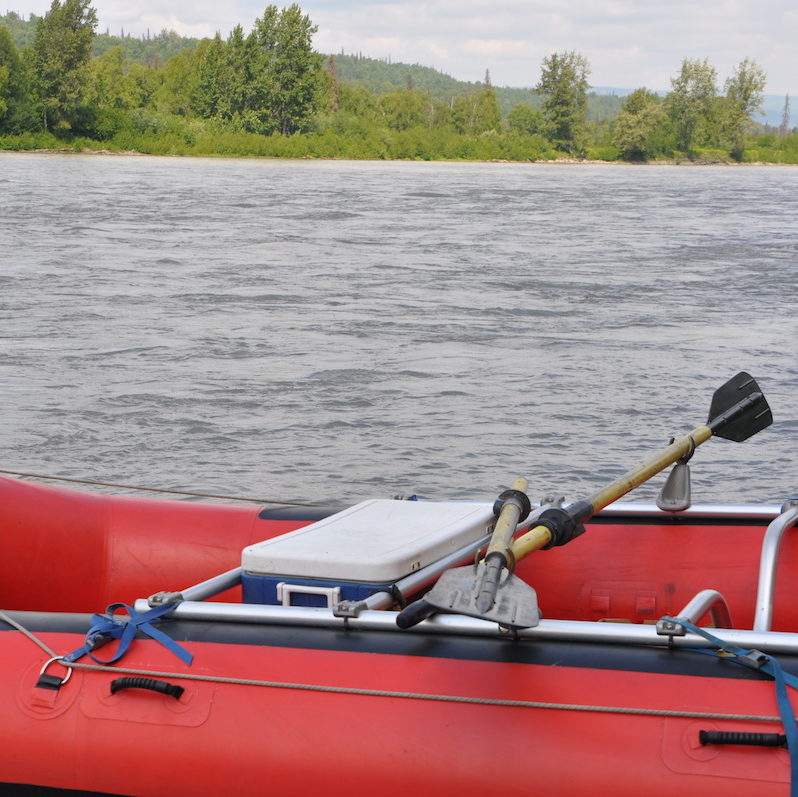
Once back in town, you’ll want to spend time on Main Street, where you’ll find everything from local brews at the Denali Brew Pub to ice cream at Nagley’s General Store, listed on the National Register of Historic Places. And, a visit to Talkeetna wouldn’t be complete without breakfast at the Talkeetna Roadhouse, a favorite of climbers. We shared family-style patio seating with four Austrian climbers who had recently summited Denali. Over reindeer sausage and sourdough hotcakes with birch syrup we peppered them with questions. We discovered that climbers don’t use oxygen on the 20,300-foot climb. A climb can take upwards of three weeks; they did it in nine days. And, the summit success rate is about half.
Before attempting Denali, climbers must check in at the Walter Harper Talkeetna Ranger Station for orientation and permits. The facility, just off Main Street, makes for an interesting stop for visitors, too.
Denali National Park
Another three or so hours north, the Alaska Parks Highway leads to the motherlode – Denali National Park, an incredible six million acres of wild land. The park offers three campgrounds and we opted for Riley Creek, the one closest to the entrance, visitor center and other amenities. Despite the proximity to the busy entrance, our campsite was quiet, wooded and private — enough to attract a mama and baby moose one morning.
The park experience is all about taking in the abundant nature. Denali Park hiking is primarily off-trail although several marked trails are accessible from Riley Creek. Also within walking distance is the Denali Visitor Center, an impressive architectural structure documenting Denali’s history, geography and wildlife.
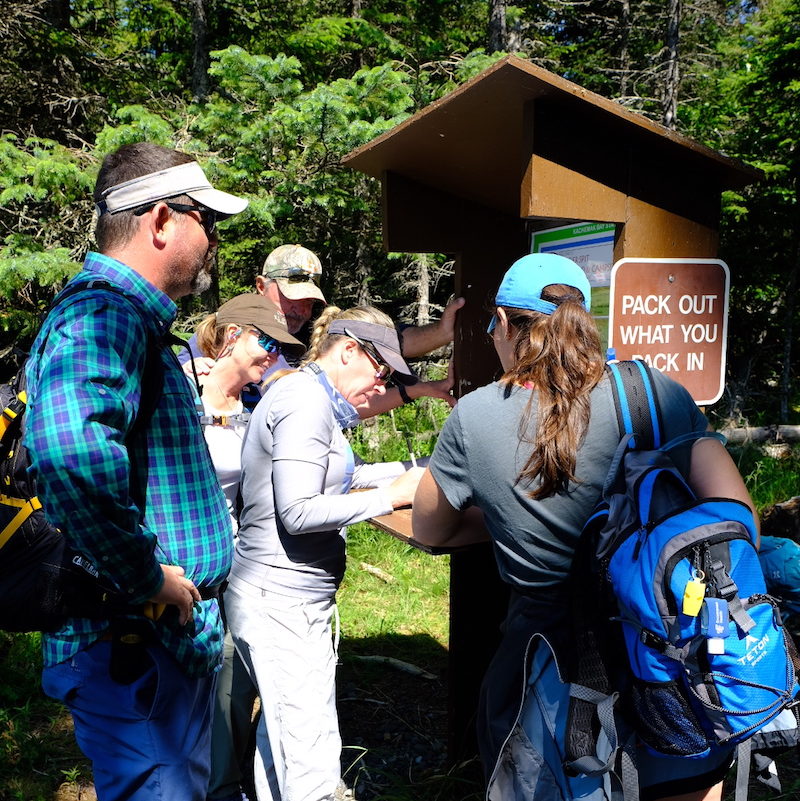
Even on these well-traveled routes, it’s a good idea to carry bear spray and a whistle, or attach a bell to your backpack. And never head out without extra water and snacks; we learned from experience that trails throughout Alaska tend to be longer than maps indicate.
Not sure you are up for a self-guided hike? Then join one of the ranger-led hikes offered daily throughout the summer, or try a longer multi-day off-trail discovery hike with a ranger.
To see more of the park, the 92-mile-long Denali Park Road is the sole road in the park, and allows cars only on the first 15 miles in summer. Not to worry. The park operates several bus options to move visitors through the park. After a long day of hiking, we jumped on a non-narrated transit bus for a leisurely sightseeing drive to Eielson Visitor Center at Mile Marker 66. There, we caught a fascinating documentary on Denali climbing and browsed exhibits noting the current number of climbers on the mountain (379 that day) among other fun facts. Along the way, we spotted moose, caribou, bear, fox and eagles. Riders can disembark and re-board anywhere along the road.
Relaxing Resort Time
Our group wanted to experience Alaska in multiple settings, from camping to luxury. So after five nights of RV glamping, it was time to trade our motorhome for a night of luxury. Less than an hour south of Anchorage is the luxurious Hotel Aleyska Resort in Girdwood. Its heated towels, overstuffed beds and fluffy robes were a nice respite from camp showers. The chalet-style resort sits at the base of Mount Alyeska, where in winter skiers can take in some of the steepest ski runs in North America. In summer, guests can access trails that wander through the Chugach Mountains right from the hotel courtyard.
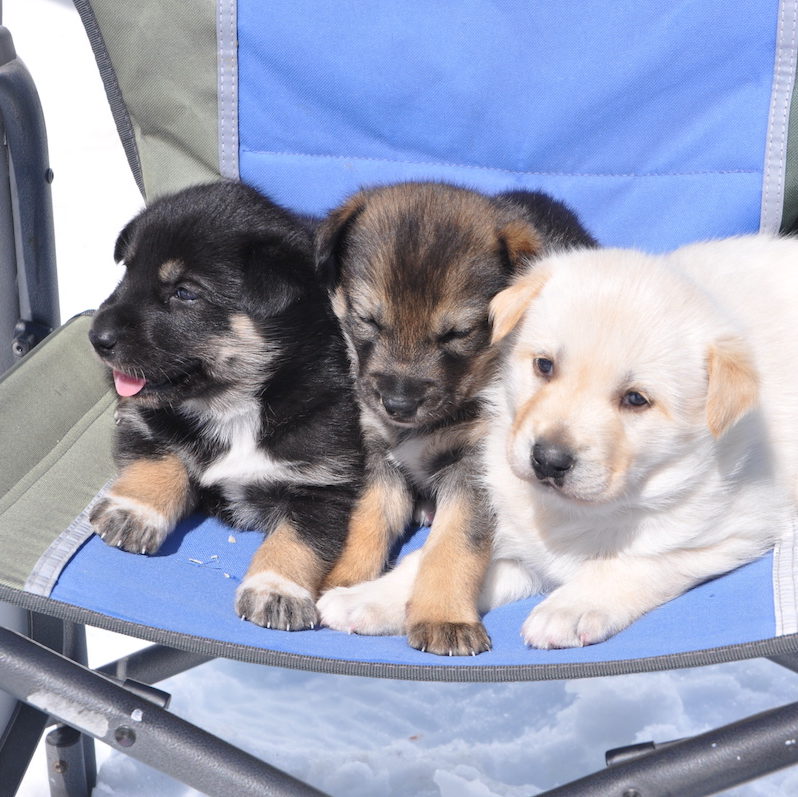
An afternoon in the spa was followed by a gondola ride to the mountaintop Seven Glaciers restaurant where the views change from minute to minute as clouds lower and rise over the mountain. Make reservations far in advance for this popular dining room. Lucky stragglers, like us, may snag one of the few tables in the bar to enjoy the full dinner menu and wide views. Hearty hikers can take switchback trails up the mountain to catch the gondola back to the base.
Running with the Dogs
Dog sledding was among our must-do experiences, and Girdwood was the perfect location.The heliport is just a short drive from the Alyeska. There, guides help guests gear up in cold-weather garb before loading them into helicopters for a short ascent to Punchbowl Glacier. The 3-kilometer loop seems just a teaser for our experienced mushers and their teams.
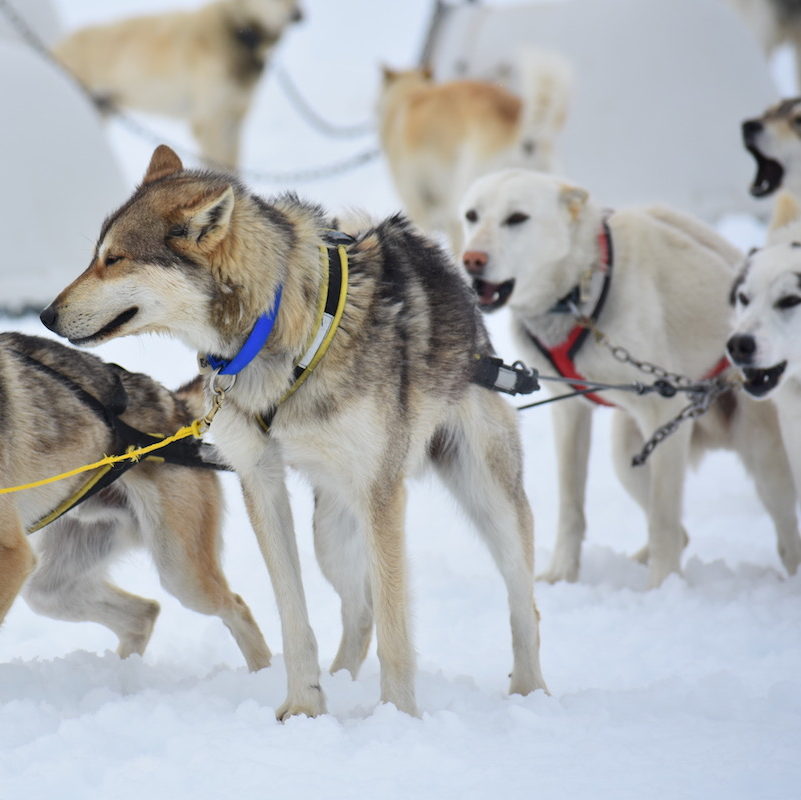
Photo courtesy Alpine Air Adventures
Our lead dog completed 980 miles of the Ididarod’s approximately 1,000 miles before having to drop out. And our driver, who finished 29th in the 2019 race, entertained us with factoids about the race and what it’s like living summers on the glacier and being caretakers to a dozen or so Alaskan huskies.
What Kind of Traveler Are You? Take Our Quick Quiz!
Cover: Glacier dog-sledding tours give visitors a glimpse at driving and riding on a sled. Photo courtesy Alpine Air Adventures
Freelance writer and travel nomad Sue Durio loves experiencing and writing about adventure travel, interesting people and cool businesses. Follow her on LinkedIn.














